With a population of 126m people and annual imports worth over $51bn, Japan is seen as a lucrative market willing to pay a premium for high-quality food.
In preparation for Japanese market access in the coming year, Bord Bia, together with over 30 Irish companies and the Minister for Agriculture Michael Creed, has embarked on a trade mission to Tokyo this week to try to carve out of slice of the premium Japanese market.
Cheddar cheese is one product Minister Creed is hoping Ireland can export in bulk to Japan. Exports of cheddar between Ireland and the UK decreased by 10% to 125,000t in 2016.
In comparison, cheese exports to Japan have increased threefold in the last decade, and the country is currently the sixth largest consumer of cheese in the world, with annual requirements for 300,000t.
New Zealand and Australia already enjoy substantial dairy and beef market access to Japan, something Bord Bia hopes Ireland can replicate.
Australia accounts for 34% and New Zealand accounts for 24% of Japanese cheese imports.
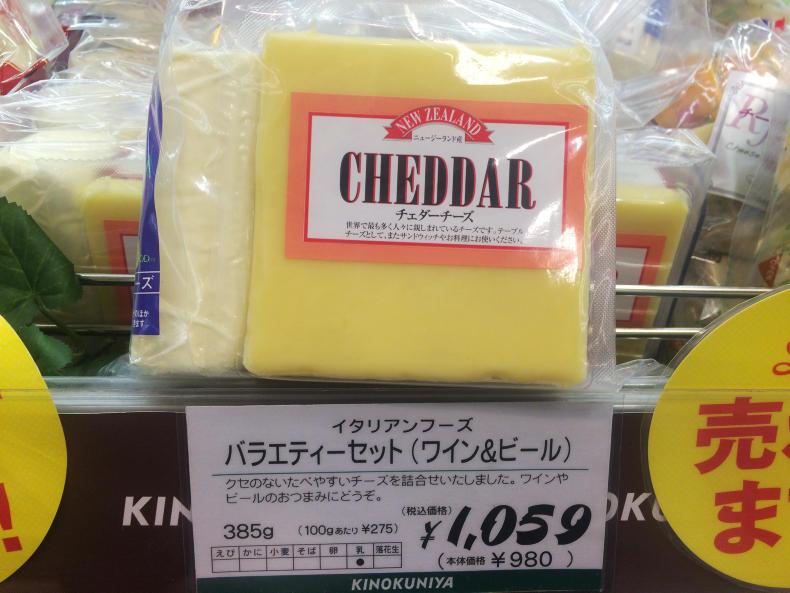
A 385g block of New Zealand cheese sells for roughly €8 in a Japanese supermarket.
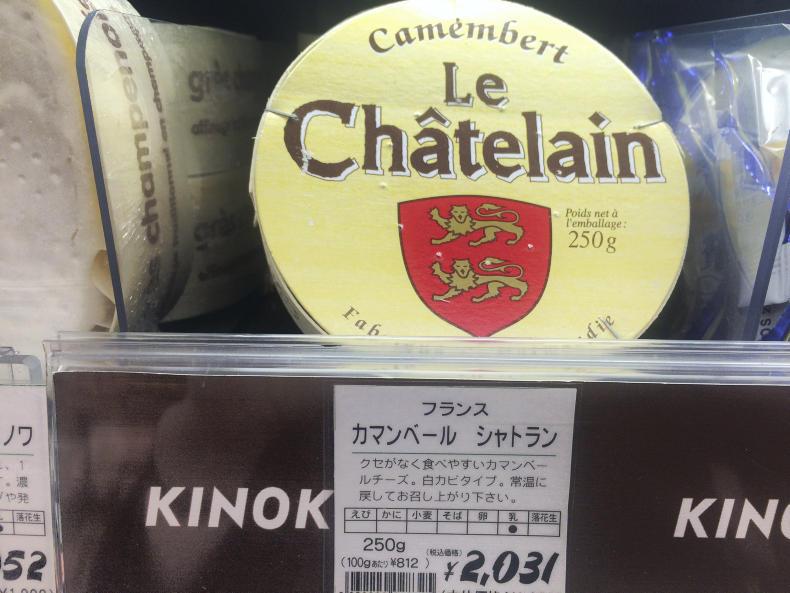
Imported French Camembert cheese is extremely popular with Japanese consumers and sells for €15.30 for 250g.
Ireland currently holds 1% of the cheese market in Japan, and until the EU-Japan trade deal is finalised the tariff rate stands at 29.8% on all EU cheese imports.
Butter
Butter costs €12.30 for a standard 450g pack.
Japan is almost 90% self-sufficient in butter production and most of their dairy industry is centred in the northern Hokkaido region of Japan.
However, even with a farmgate price of around 80c/l for milk, fewer people are going into farming and the national dairy herd is declining. There are currently around 870,000 cows in the country.
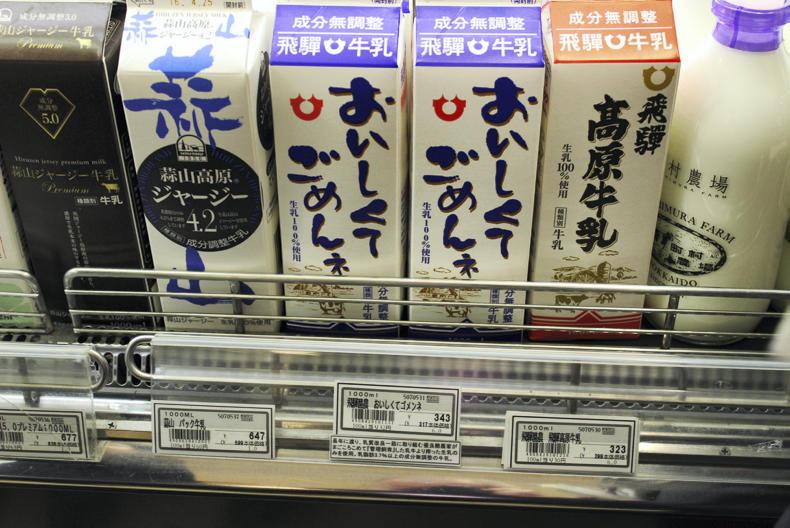
A litre of "Excellent Hokkaido Milk" sells for over €2/l.
Meat
Japan produces over 7bn tonnes of milk and over 460,000t of beef. However, they import up to 730,000t of beef every year.
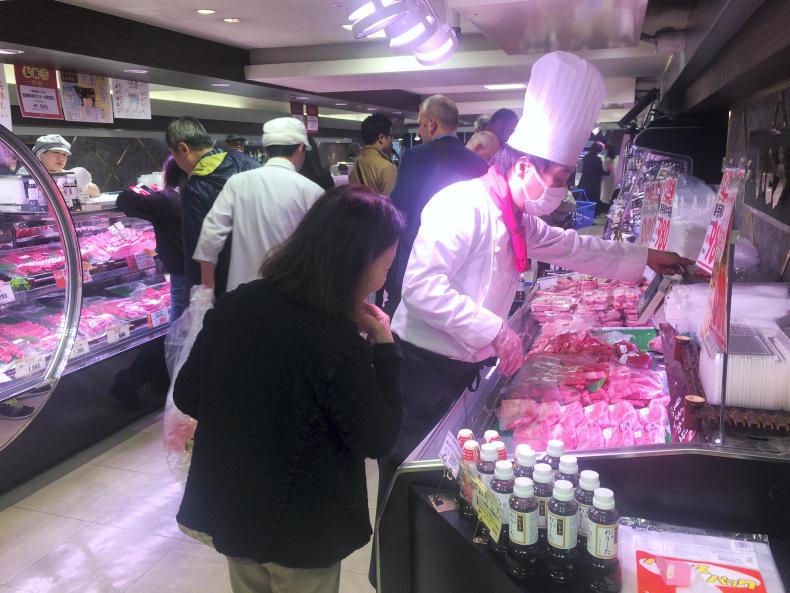
Australia is the biggest importer of beef to Japan, accounting for 53% of the country’s imported meat. The US is the second biggest and accounts for 39% of imports, which according to the USDA is worth €1.5bn to the US.
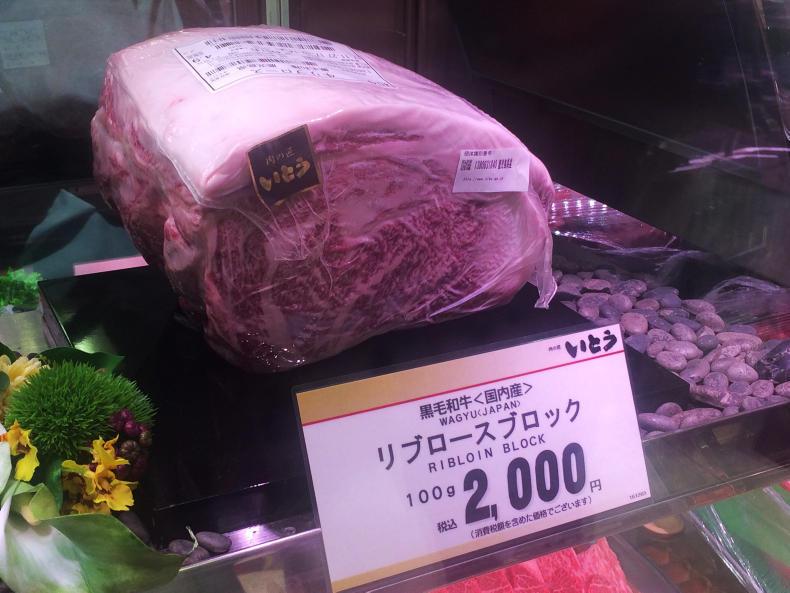
The Japanese still hold their Wagyu beef in high regard and it can cost over €150/kg depending on the cut.
Japanese people prize meat that has heavy marbling and favour meat such as Wagyu, that comes from their own farms in Japan. But Australian and New Zealand meat is visible in Japanese supermarkets and typically retails at about €20/kg.
The offal trade should not be underestimated, and this is an area Ireland has already seized a golden opportunity, exporting almost all of its cattle tongue to Japan for roughly €7/kg.
Although seen as a very traditional society, the popularity for western food is increasing in Japan, and potential traders should never underestimate the love Japanese people have for novel foods.
The Japanese adore food with a twist and take intense pride in sending their children to school with interesting looking food for lunch.
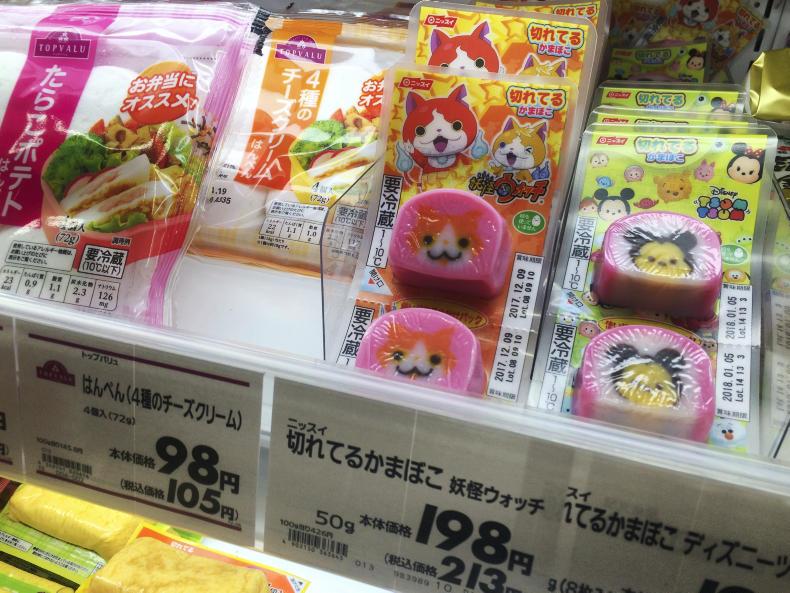
This is fish in the shape of cartoon characters.
The official beef tariff on EU beef imports currently stands at 38.5%, and Ireland will have to wait until the EU-Japan deal is officially ratified before tariffs will see a gradual reduction to 9%.
Read more
Ireland will waste no time in exploiting Japanese opportunity - Minister Creed
Irish beef boost from EU-Japan deal
Navigating Japan’s high-value beef market
With a population of 126m people and annual imports worth over $51bn, Japan is seen as a lucrative market willing to pay a premium for high-quality food.
In preparation for Japanese market access in the coming year, Bord Bia, together with over 30 Irish companies and the Minister for Agriculture Michael Creed, has embarked on a trade mission to Tokyo this week to try to carve out of slice of the premium Japanese market.
Cheddar cheese is one product Minister Creed is hoping Ireland can export in bulk to Japan. Exports of cheddar between Ireland and the UK decreased by 10% to 125,000t in 2016.
In comparison, cheese exports to Japan have increased threefold in the last decade, and the country is currently the sixth largest consumer of cheese in the world, with annual requirements for 300,000t.
New Zealand and Australia already enjoy substantial dairy and beef market access to Japan, something Bord Bia hopes Ireland can replicate.
Australia accounts for 34% and New Zealand accounts for 24% of Japanese cheese imports.

A 385g block of New Zealand cheese sells for roughly €8 in a Japanese supermarket.

Imported French Camembert cheese is extremely popular with Japanese consumers and sells for €15.30 for 250g.
Ireland currently holds 1% of the cheese market in Japan, and until the EU-Japan trade deal is finalised the tariff rate stands at 29.8% on all EU cheese imports.
Butter
Butter costs €12.30 for a standard 450g pack.
Japan is almost 90% self-sufficient in butter production and most of their dairy industry is centred in the northern Hokkaido region of Japan.
However, even with a farmgate price of around 80c/l for milk, fewer people are going into farming and the national dairy herd is declining. There are currently around 870,000 cows in the country.

A litre of "Excellent Hokkaido Milk" sells for over €2/l.
Meat
Japan produces over 7bn tonnes of milk and over 460,000t of beef. However, they import up to 730,000t of beef every year.

Australia is the biggest importer of beef to Japan, accounting for 53% of the country’s imported meat. The US is the second biggest and accounts for 39% of imports, which according to the USDA is worth €1.5bn to the US.

The Japanese still hold their Wagyu beef in high regard and it can cost over €150/kg depending on the cut.
Japanese people prize meat that has heavy marbling and favour meat such as Wagyu, that comes from their own farms in Japan. But Australian and New Zealand meat is visible in Japanese supermarkets and typically retails at about €20/kg.
The offal trade should not be underestimated, and this is an area Ireland has already seized a golden opportunity, exporting almost all of its cattle tongue to Japan for roughly €7/kg.
Although seen as a very traditional society, the popularity for western food is increasing in Japan, and potential traders should never underestimate the love Japanese people have for novel foods.
The Japanese adore food with a twist and take intense pride in sending their children to school with interesting looking food for lunch.

This is fish in the shape of cartoon characters.
The official beef tariff on EU beef imports currently stands at 38.5%, and Ireland will have to wait until the EU-Japan deal is officially ratified before tariffs will see a gradual reduction to 9%.
Read more
Ireland will waste no time in exploiting Japanese opportunity - Minister Creed
Irish beef boost from EU-Japan deal
Navigating Japan’s high-value beef market







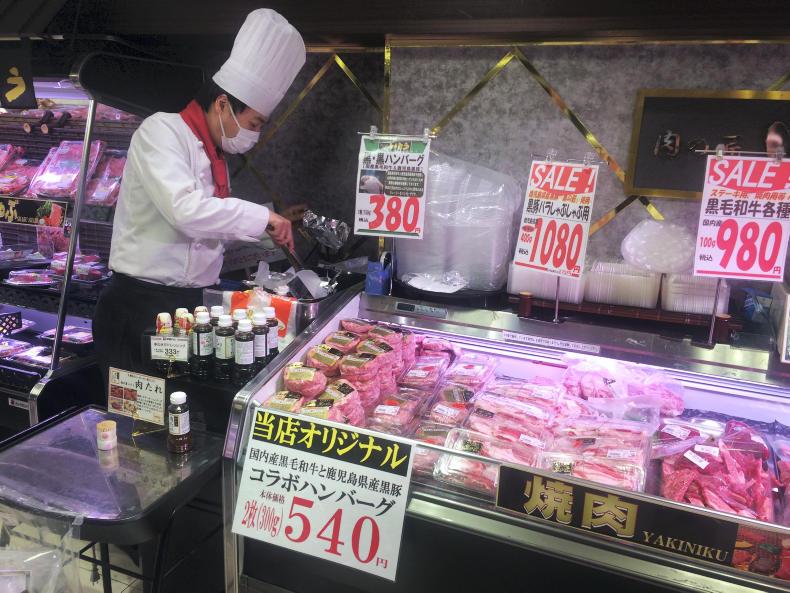




 This is a subscriber-only article
This is a subscriber-only article










SHARING OPTIONS: